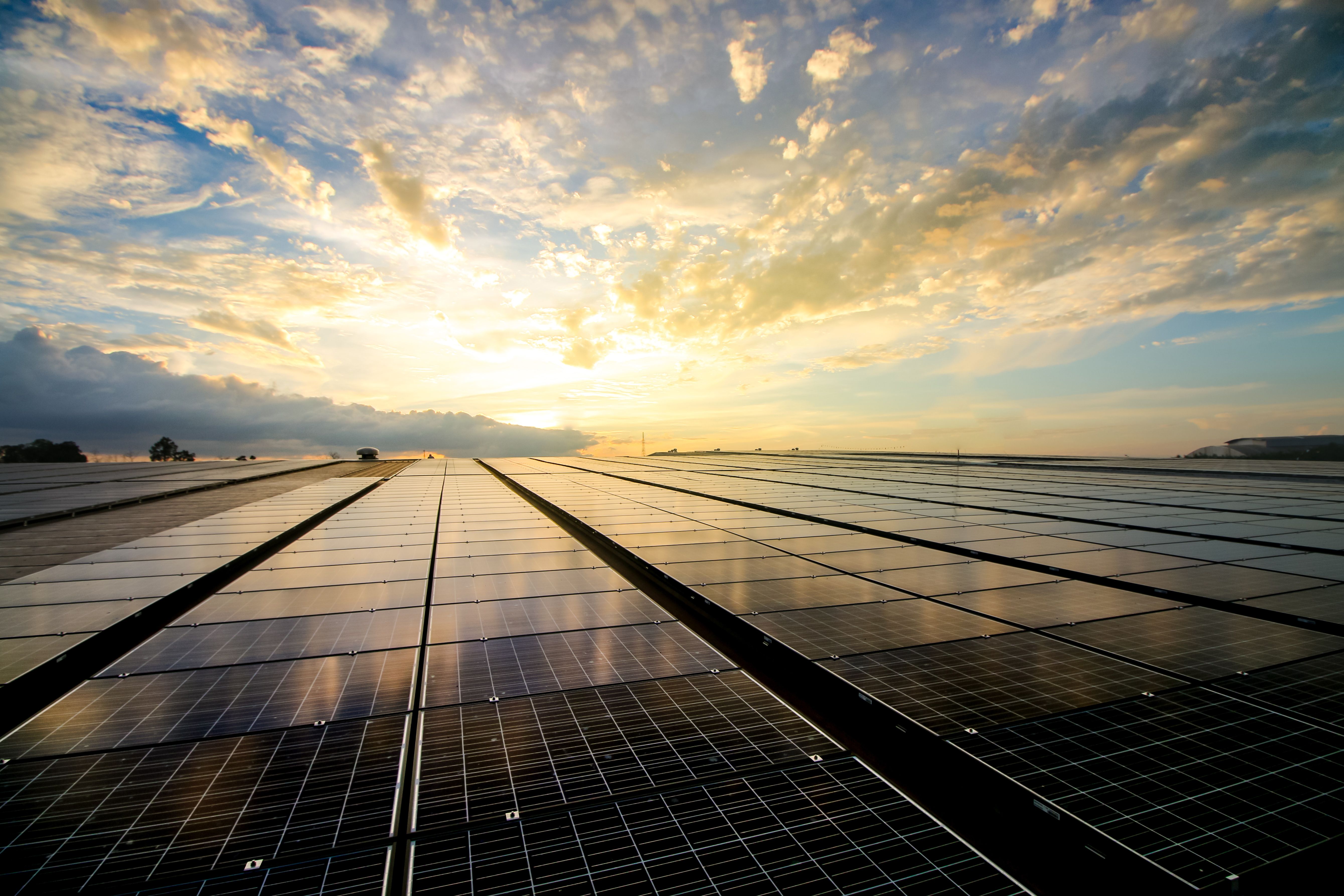Harvesting power: electricity solutions for modern farms

While the food generated by farming powers the nation, what is powering the farm? Recent years have seen huge fluctuations in the energy markets, resulting in large price hikes and uncertainty. Approaching farm electricity needs from a different angle could make a huge difference to their bottom line.
Energy efficiency is always a good place to start and depending on the size of the operation, changes like shifting to LED lighting can make a noticeable dent in consumption. It is always worth looking for funding opportunities local to the property to help with the cost of this type of upgrade.
A larger step change from that, is the impact of generating their own power to meet the farm’s needs. Since storage technology has moved forward and feed in tariffs are no longer available, the need to be able to export to the grid is no longer an investment barrier. On-site generation could be located on rooftops, or marginal land, to minimise the impact on farmable soil. Ground mounted solar arrays can be designed to allow sheep grazing around and underneath them.
For farms that can generate more energy than they need, there are opportunities to sell their surplus. In a best case scenario there is a grid connection, but even without it there could be private wire prospects. If a farmer has neighbours who would also like to benefit from some price stability and reduction in their carbon footprint, the farmer could become their energy supplier.
Where the farm has a grid connection, there are some potentially very profitable avenues to explore. Location and topography will play their part here, but a grid connection opens up the possibility of selling generated or stored energy to the market. Whether a farmer chooses to lease the land or enter into a PPA agreement is a decision to be taken carefully.
A lease agreement creates a long-term predictable secure income stream for the farm, which is resistant to fluctuations in weather and market conditions. Choosing the PPA route may include supply to the farm at a reduced rate, by allowing the energy partner to trade all surplus generated power.
For farms that embrace diversification opportunities, DEFRA figures show that 21% of farmers now earn more than half of their income this way. Energy installations can increase the profitability of some of these schemes, including holiday cottages, business units or a farm shop powered by their onsite generation.
The exploration of the energy capital of a specific farm may benefit from an independent educated eye. Reputable developers will carry out a feasibility assessment before suggesting which opportunities are worth further exploration. As always, independent advice should be taken before signing anything binding.
Harvesting a farm’s power should enable the farmers to focus more on what they enjoy, and less on how to pay the bills.



